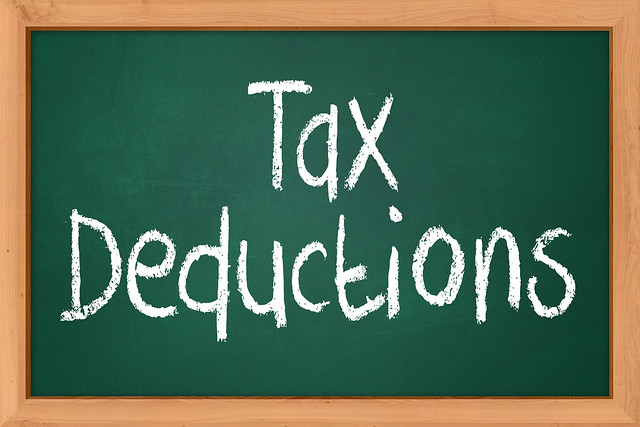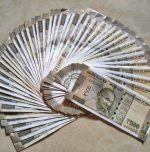Income sources that need TDS

Many people know TDS is applicable to salary income after income threshold. But do you know, it is applicable to some other incomes like income from lotteries, interest income etc. According to Incomes Tax Act, income from most of the investment is subject to TDS. So, before you invest in your money you should know on which income sources TDS is applicable and how to avoid it.
Income from salary after taxable limits attracts TDS. Employer should deduct TDS on the total income. This includes not only the salary income but also other income he or she earns. However, exemptions are considered for investments that are made under 80C, 80D. Employers will issue TDS certificate or Form 16A at the end of the financial year to their employees.
If you have fixed deposits with banks and the income on them is more than Rs.10,000 in a financial year, then banks deduct TDS. 10 per cent of TDS is applicable if you provide PAN to your bank otherwise it is 20 per cent.
You can avoid TDS by depositing money in various banks so that the interest income would not exceed Rs.10,000. You can submit Form-15G or 15H to avoid TDS on your interest income. However, if you are in tax bracket, you have to reveal this interest income and pay tax as per your tax slab.
TDS is applicable on interest on debentures and securities. If the interest is more than Rs.10,000 on government securities and Rs.5,000 on debentures, TDS is applicable at 10 per cent. TDS is either deducted at the time of crediting the amount or payment whichever is the earlier.
If you withdraw money from Employee Provident Fund within five years of contributing time, TDS is applicable. However, with effect from June 1, 2016 it is not applicable for amount below Rs.50,000. If the amount is transferred from one Provident Fund account to another account, TDS is not applicable.
TDS is applicable on income from winning lotteries if the amount exceeds Rs.10,000 at the rate of 30 per cent. TDS is applicable for property transactions above Rs.50 lakhs at the rate of 1 per cent.
Image Credit: ccPixs.com / CC BY 2.0
Image Reference: https://www.flickr.com/photos/86530412@N02/8225639632










Leave a Reply